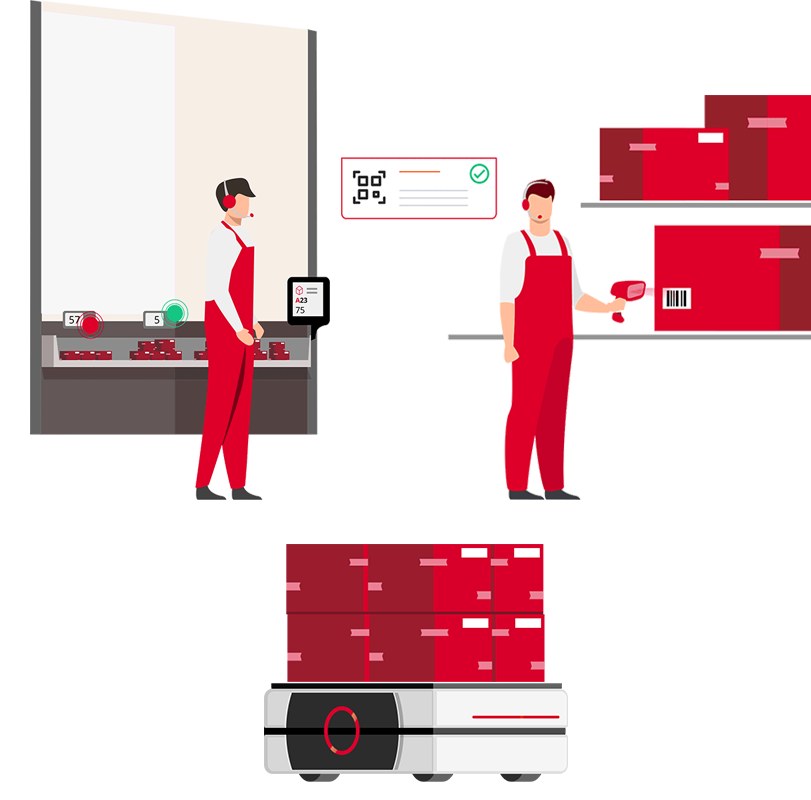Case History

Via Leonardo da Vinci, 4, 42016 - Guastalla - RE
+39 0522 8211
+39 0522 821452
smeg@smeg.it
www.smeg.it
Smeg Spa
Mechanical industry, Furniture Complements & Construction
Particularly for product control, errors in acceptance, storage, picking, and shipping had to be eliminated. The staff in charge also had to change the way they work and make the allocation of goods known immediately, decrease the routes and empty trips of carts and equipment, and avoid the suspension of normal warehouse operations to carry out paper inventories.
Matteo Bertolotti
Logistics and Production Manager Smeg

COMPANY
Smeg, a global brand
Smeg è un’azienda italiana produttrice di elettrodomestici con sede a Guastalla, in provincia di Reggio Emilia.
Nel mondo Smeg è presente con filiali commerciali, uffici di rappresentanza e una capillare rete di distributori.
The Smeg Group, thanks to a corporate culture that places an extreme focus on the quality, technological content and design of its products, is recognized internationally as a pinnacle of Made in Italy excellence.
Replica Sistemi's Solutions
Smeg, before relying on Replica Sistemi, managed its warehouse products by manual data entry using a management system. Smeg's diverse needs in managing its warehouses and quality control required a flexible system. StockSystem, through parameterization, was able to adapt to all types of storage for feeding production lines, making warehouse flow management more efficient. StockSystem, through quality control, has enabled Smeg to continue to ensure the high production standards that have always identified the company's philosophy.
PROJECT GOALS
- eliminating errors in acceptance, storage, picking and shipping;
- Increasing speed and efficiency in order fulfillment,
- making the allocation of goods immediately known;
- centrally providing both control of warehouse activities and knowledge; particularly in goods management.
ISSUES
- Inhomogeneous materials (components, MEC and SMA semi-finished products, refrigeration components).
- Quality control.
- Picking availability at the time of storage.
- Three different warehouse types.
